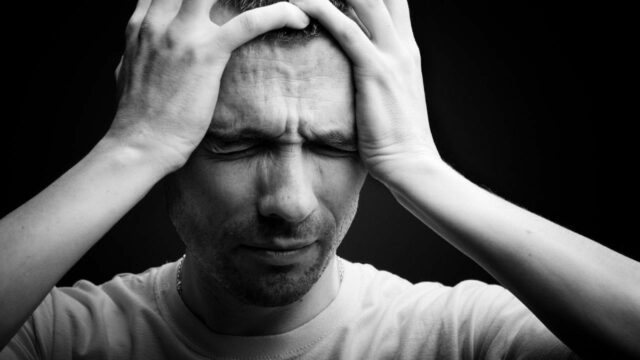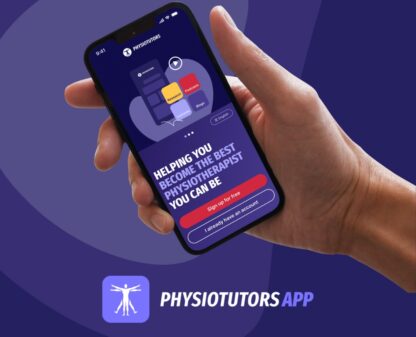Cluster Headache

Introduction
-
Cluster headaches are a primary type of headache, distinguished by intensely painful attacks.
-
Lifetime prevalence is approximately 0.12%, with a 1-year prevalence of 53 per 100,000 persons. The male-to-female ratio is about 4.3:1. In a Swedish cohort, the 1-year prevalence among the working-aged population was reported as 0.054%.
Clinical Presentation
- Diagnostic Criteria (ICHD-III):
- A. Must have at least five attacks that fulfill criteria B-D.
- B. Severe or very severe unilateral orbital, supraorbital, and/or temporal pain lasting 15-180 minutes if untreated.
- C. Accompanied by at least one of the following symptoms ipsilateral to the headache: conjunctival injection/lacrimation, nasal congestion/rhinorrhea, eyelid edema, forehead/facial sweating, miosis/ptosis, or a sense of restlessness/agitation.
- D. Frequency of attacks ranges from once every other day to 8 per day.
Treatment
- Acute Attack Management:
- 100% Oxygen Therapy: A level A recommendation for cluster headaches, effective in about 66% of patients, taking effect in less than ten minutes.
- Triptans: Subcutaneous sumatriptan or nasal spray zolmitriptan are level A-indicated therapies.
- Alternatives: Octreotide, ergotamine, and intranasal lidocaine, although medication resistance occurs in 10-20% of severe cases.
- Preventive Treatment:
- Suboccipital Blockade: The only level A recommended preventive method, with minimal side effects.
- Verapamil: The most commonly prescribed prophylactic medication, starting at 240 mg once daily. Regular ECGs are recommended due to cardiac side effects.
- Glucocorticoids: For short-term use in episodic cluster headaches, with a high response rate but significant long-term side effects.
- Other Medications: Lithium, valproic acid, melatonin, and intranasal capsaicin have been used for prevention.
- Surgical and Neuromodulation Therapies:
- Electrical Stimulation: Of the sphenopalatine ganglion, occipital, and vagus nerve. Deep brain stimulation of the hypothalamus has shown effectiveness in drug-resistant cases.
- Vagus Nerve Stimulation: A non-implanted device option for patients.
- Physiotherapy: Currently, there are no established physiotherapy interventions for cluster headache patients, with only case studies exploring the combination of endogenous neurostimulation and physiotherapy.
References
Ekbom, K., & Hardebo, J. E. (2002). Cluster headache: aetiology, diagnosis and management. Drugs, 62, 61-69.
Fischera, M., Marziniak, M., Gralow, I., & Evers, S. (2008). The incidence and prevalence of cluster headache: a meta-analysis of population-based studies. Cephalalgia, 28(6), 614-618.
Fontaine, D., Lanteri-Minet, M., Ouchchane, L., Lazorthes, Y., Mertens, P., Blond, S., … & Lemaire, J. J. (2010). Anatomical location of effective deep brain stimulation electrodes in chronic cluster headache. Brain, 133(4), 1214-1223.
Goadsby, P. J., de Coo, I. F., Silver, N., Tyagi, A., Ahmed, F., Gaul, C., … & Ferrari, M. D. (2018). Non-invasive vagus nerve stimulation for the acute treatment of episodic and chronic cluster headache: a randomized, double-blind, sham-controlled ACT2 study. Cephalalgia, 38(5), 959-969.
Leone, M., D’amico, D., Frediani, F., Moschiano, F., Grazzi, L., Attanasio, A., & Bussone, G. (2000). Verapamil in the prophylaxis of episodic cluster headache: a double-blind study versus placebo. Neurology, 54(6), 1382-1385.
Manzoni, G. C., Camarda, C., Genovese, A., Quintana, S., Rausa, F., Taga, A., & Torelli, P. (2019). Cluster headache in relation to different age groups. Neurological Sciences, 40, 9-13.
Matharu, M. S., Levy, M. J., Meeran, K., & Goadsby, P. J. (2004). Subcutaneous octreotide in cluster headache: Randomized placebo‐controlled double‐blind crossover study. Annals of Neurology: Official Journal of the American Neurological Association and the Child Neurology Society, 56(4), 488-494.
May, A., Leone, M., Afra, J., Linde, M., Sándor, P. S., Evers, S., & Goadsby, P. J. (2006). EFNS guidelines on the treatment of cluster headache and other trigeminal‐autonomic cephalalgias. European Journal of Neurology, 13(10), 1066-1077.
Mir, P., Alberca, R., Navarro, A., Montes, E., Martínez, E., Franco, E., … & Lozano, P. (2003). Prophylactic treatment of episodic cluster headache with intravenous bolus of methylprednisolone. Neurological Sciences, 24, 318-321.
Navarro-Fernández, G., de-la-Puente-Ranea, L., Gandía-González, M., & Gil-Martínez, A. (2019). Endogenous neurostimulation and physiotherapy in cluster headache: a clinical case. Brain Sciences, 9(3), 60.ISO 690
Obermann, M., Holle, D., Naegel, S., Burmeister, J., & Diener, H. C. (2015). Pharmacotherapy options for cluster headache. Expert opinion on pharmacotherapy, 16(8), 1177-1184.
Olesen, J. (2018). International classification of headache disorders. The Lancet Neurology, 17(5), 396-397.


